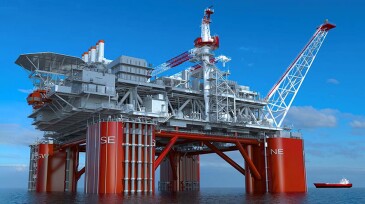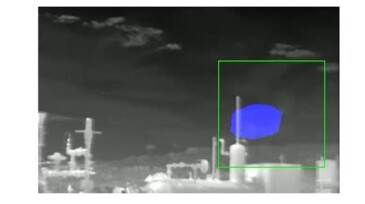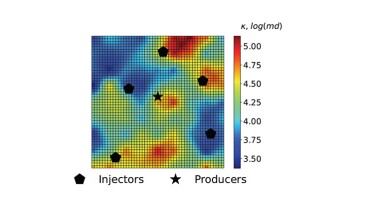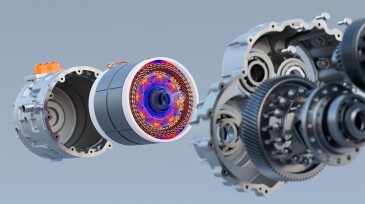AI/machine learning
Sustainability in reservoir management emerges not from standalone initiatives but from integrated, data-driven workflows—where shared models, closed-loop processes, and AI-enabled insights reduce fragmentation and make sustainable performance a natural outcome.
Sponsored
In oil and gas operations, every decision counts. For more than 2 decades, SiteCom has been the trusted digital backbone for well operations worldwide, driving insight, collaboration, and efficiency.
This study presents a novel hybrid approach to enhance fraud detection in scanned financial documents.
-
This paper presents an immersive platform that enables multidisciplinary teams and management to make decisions, connecting professionals to demonstrate and share findings in a way that capitalizes on artificial intelligence and cognitive capabilities.
-
This article is the second in a Q&A series from the SPE Research and Development Technical Section focusing on emerging energy technologies. In this piece, Madhava Syamlal, CEO and founder of QubitSolve, discusses the present and future of quantum computing.
-
The full potential of data can only be realized when it is viewed not in isolation but as part of the dynamic triad of hydrocarbons, the data, and the people who interpret it and act on it.
-
Over decades of exploration and production, the oil and gas sector has accumulated vast amounts of legacy data in various formats. Artificial intelligence and machine learning present an opportunity to transform how this unstructured data is processed and used, enabling significant improvements in operational efficiency and decision-making.
-
SLB will use artificial intelligence-based software to help ensure the delivery of 18 ultradeepwater wells.
-
This paper describes a deep-learning image-processing model that uses videos captured by a specialized optical gas-imaging camera to detect natural gas leaks.
-
In this study, a deep-neural-network-based workflow with enhanced efficiency and scalability is developed for solving complex history-matching problems.
-
Whether it’s reviving inactive gas-condensate wells or identifying overlooked reserves in brownfields, operators are making the most of older wells and fields.
-
The company said that adding Altair technology to its Xcelerator open digital business platform will create the world’s most complete AI-powered portfolio of industrial software.
-
This paper introduces a novel optimization framework to address CO2 injection strategies under geomechanical risks using a Fourier neural operator-based deep-learning model.













